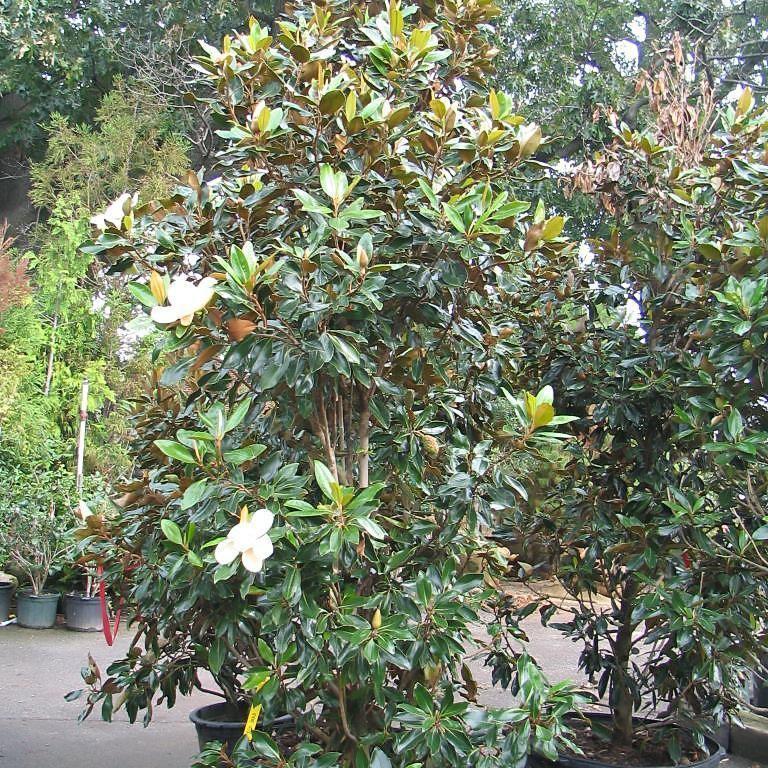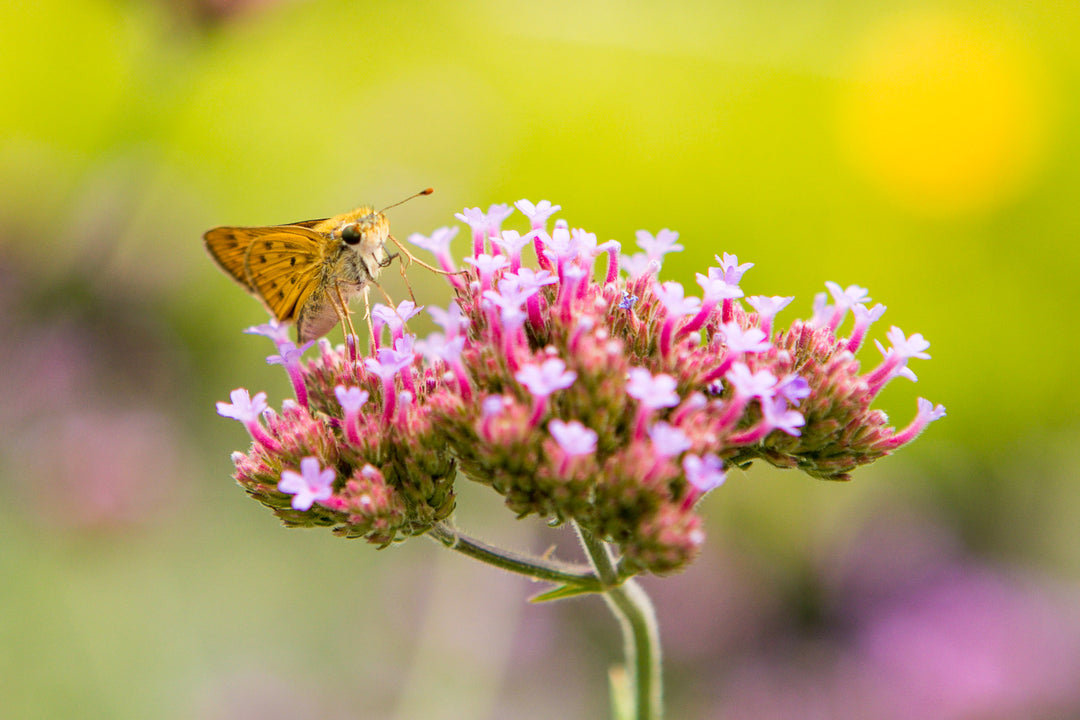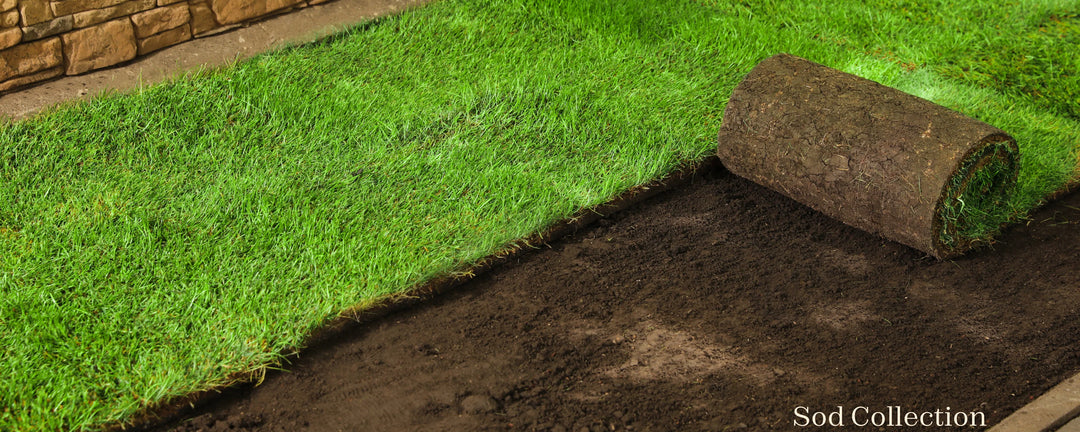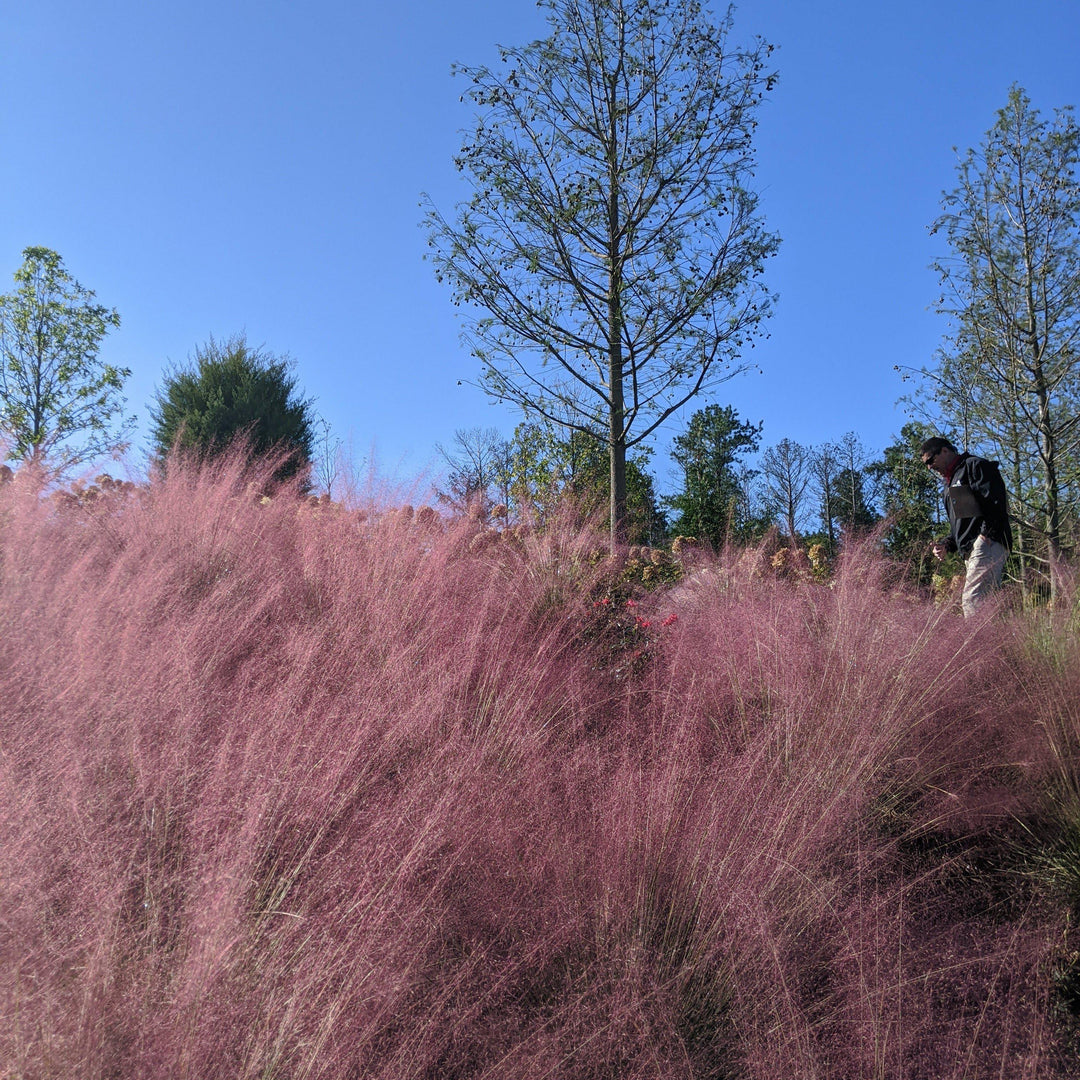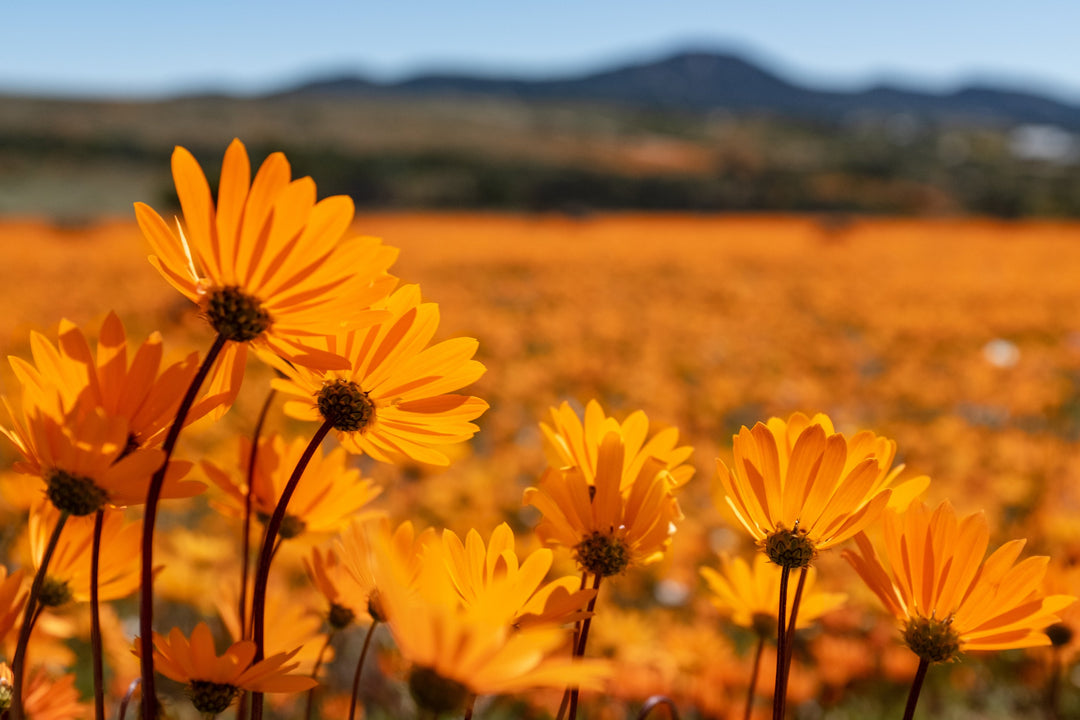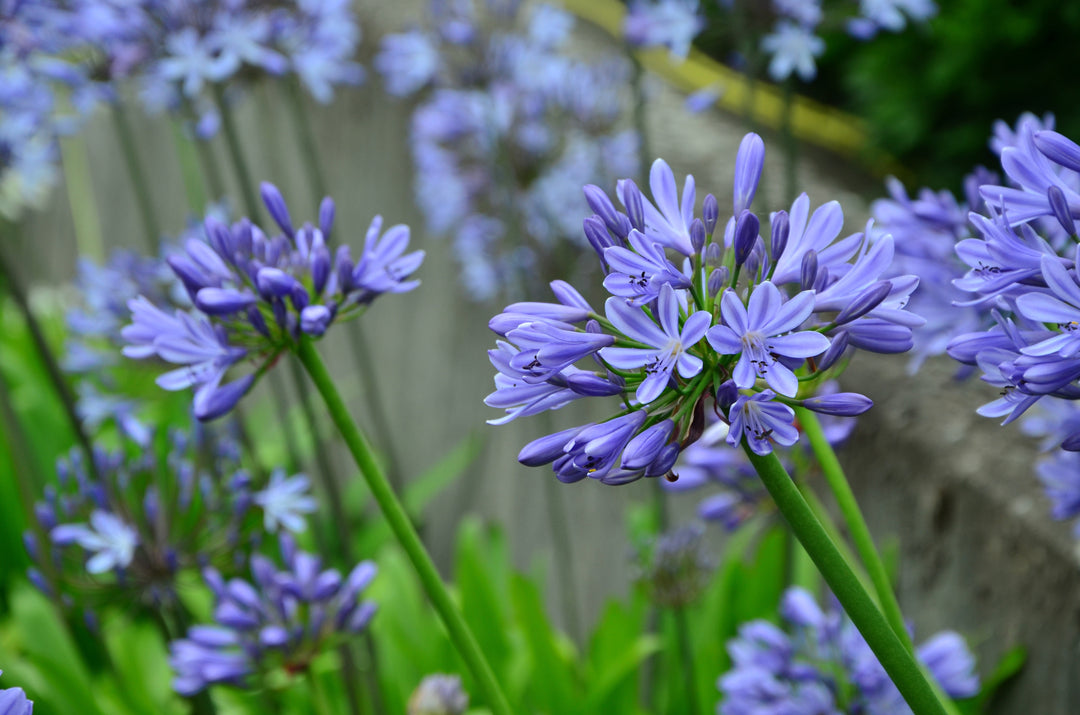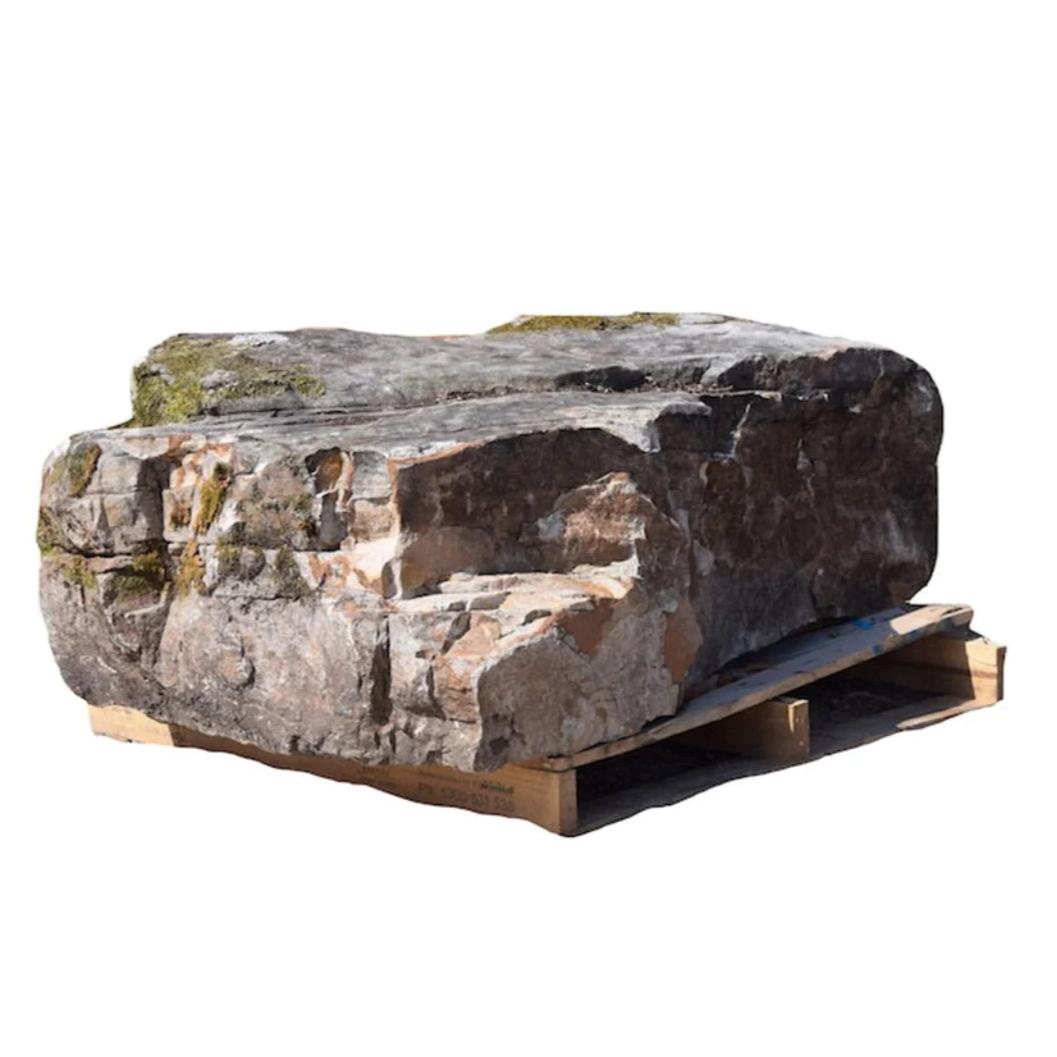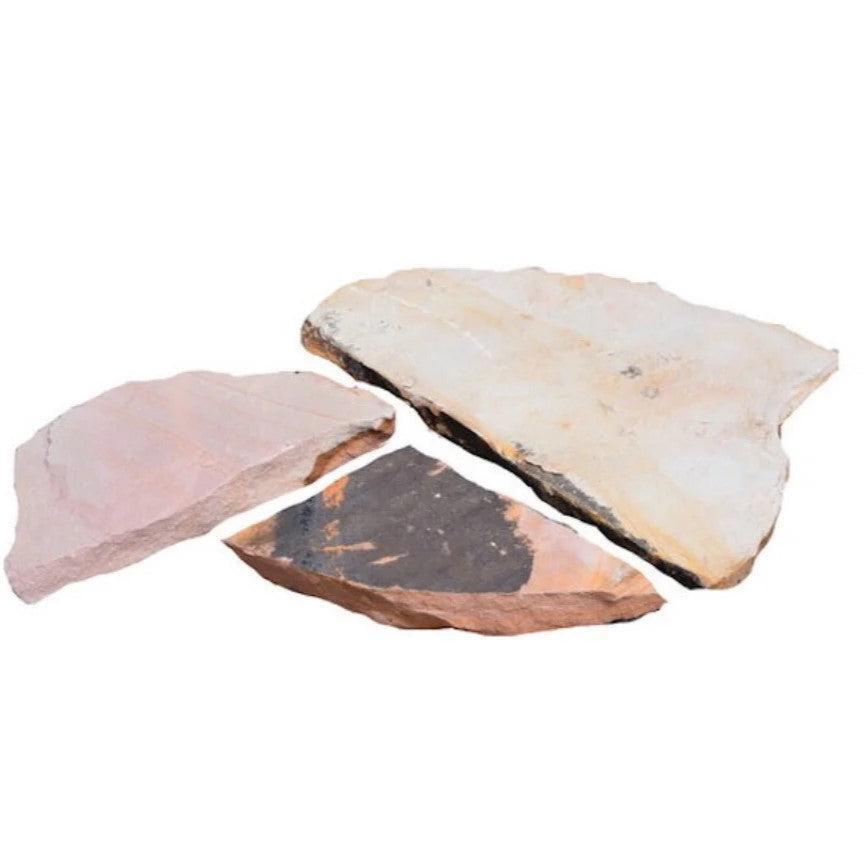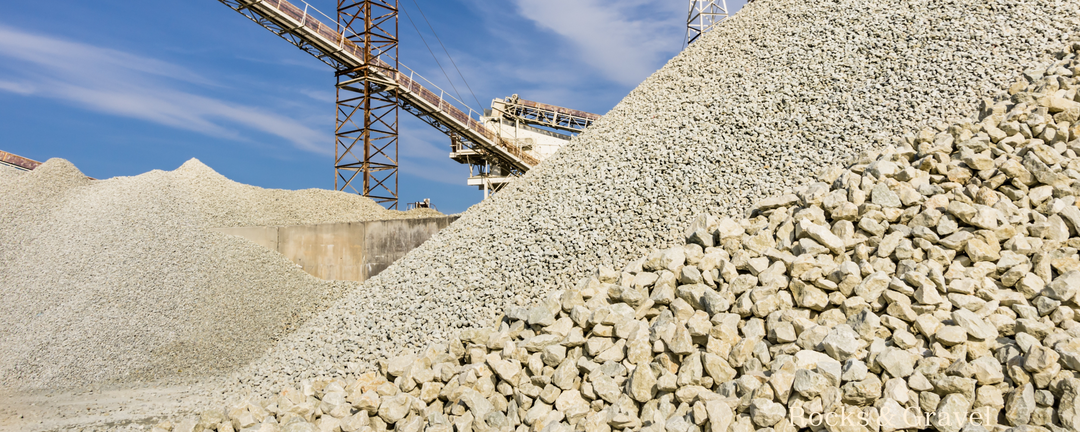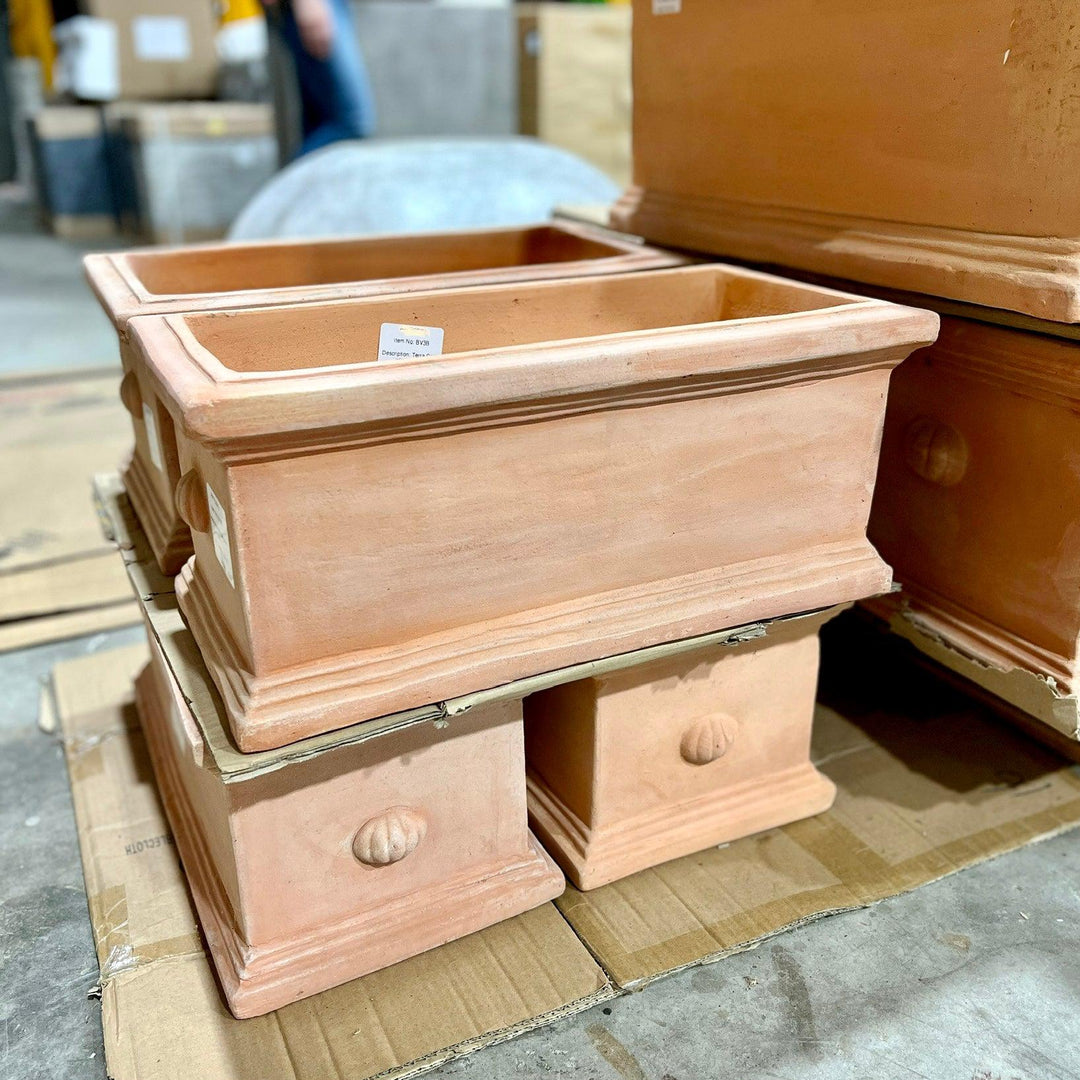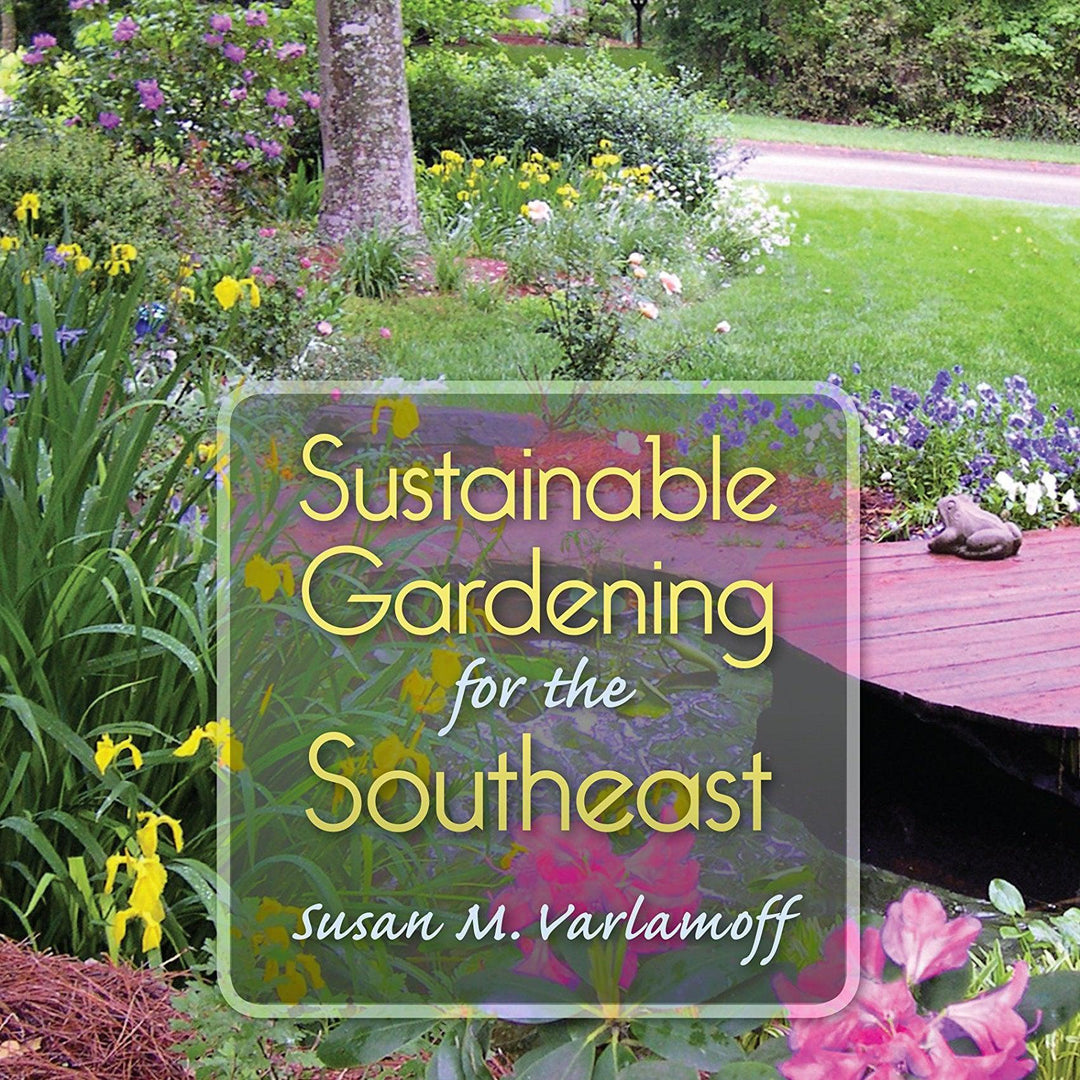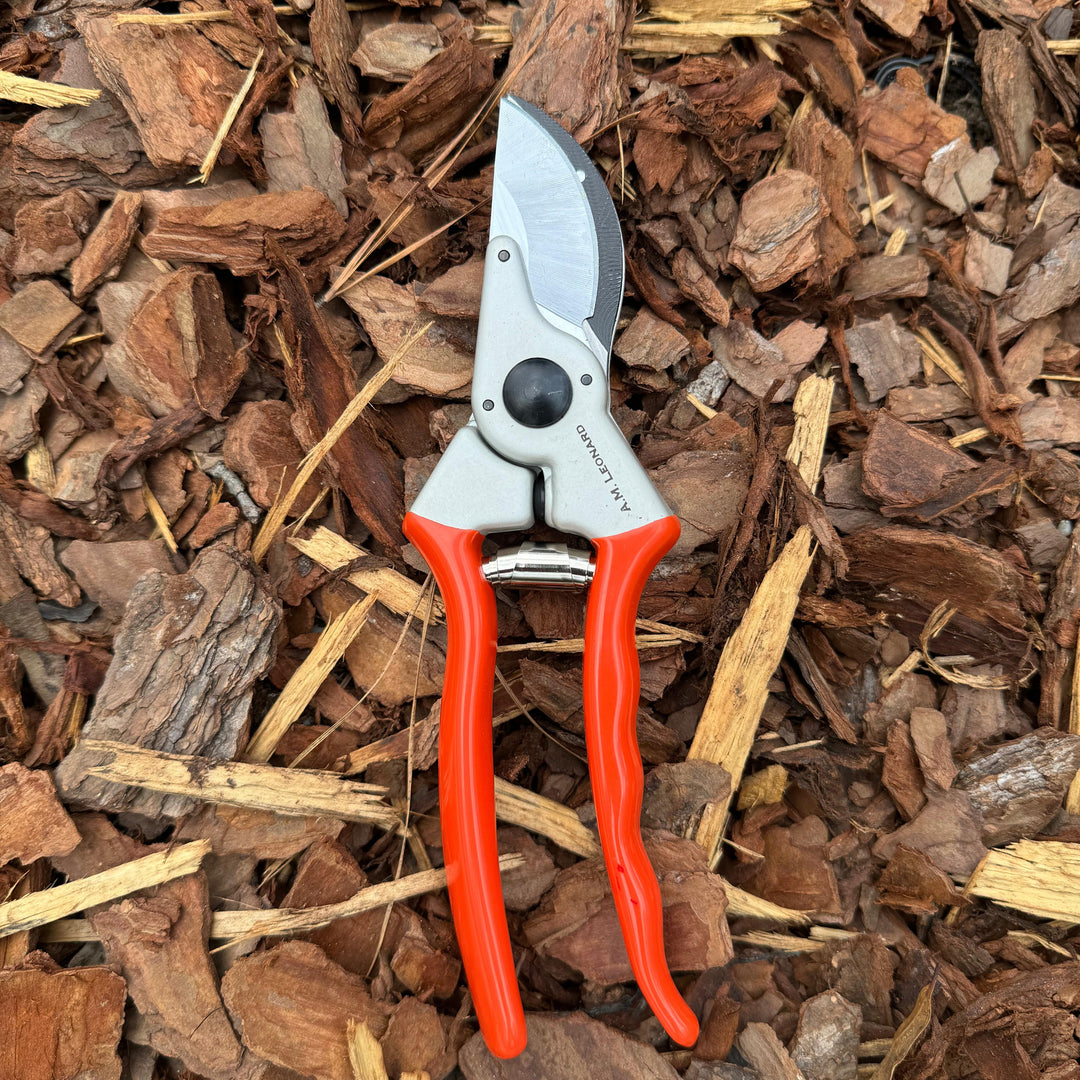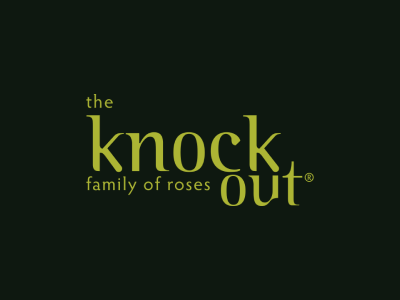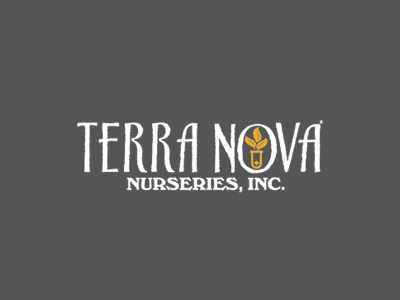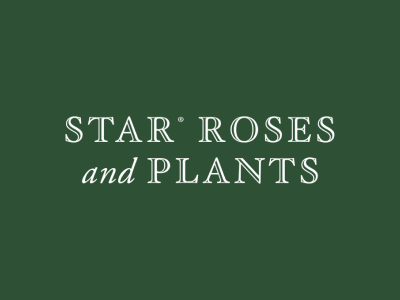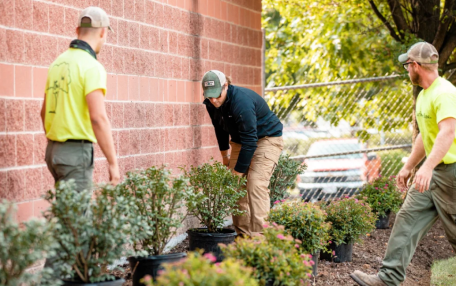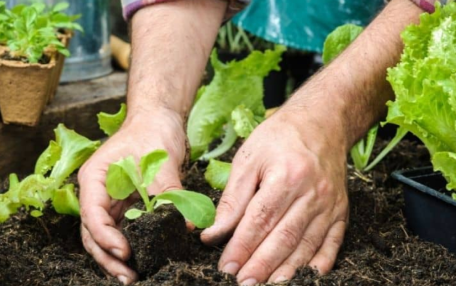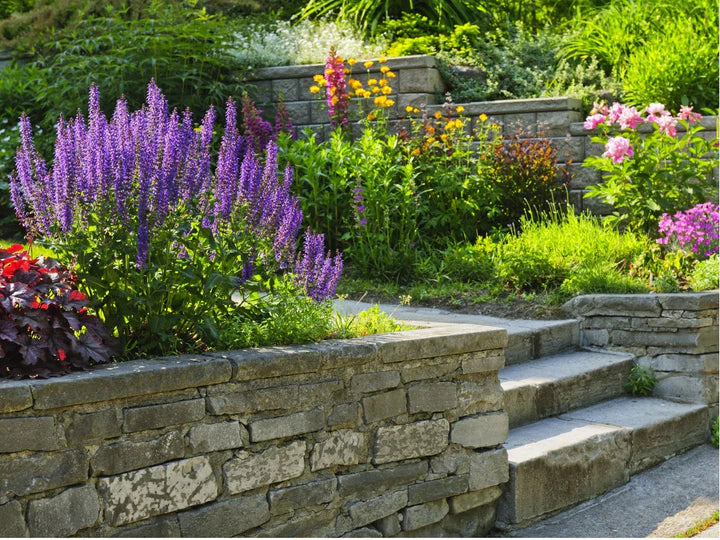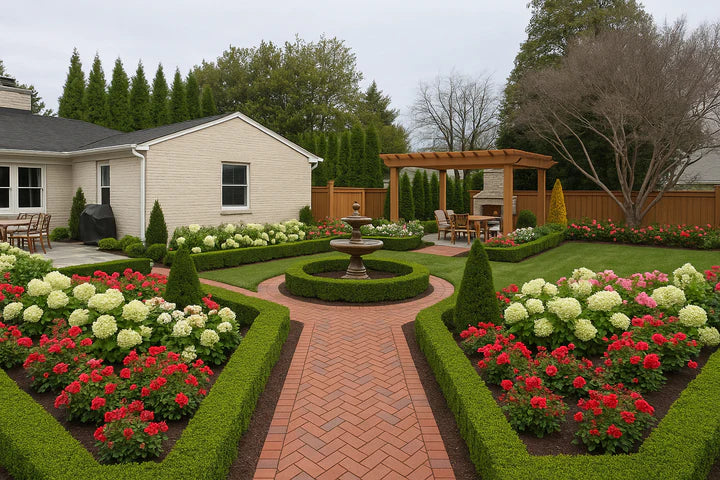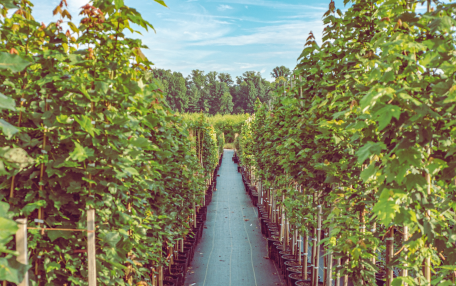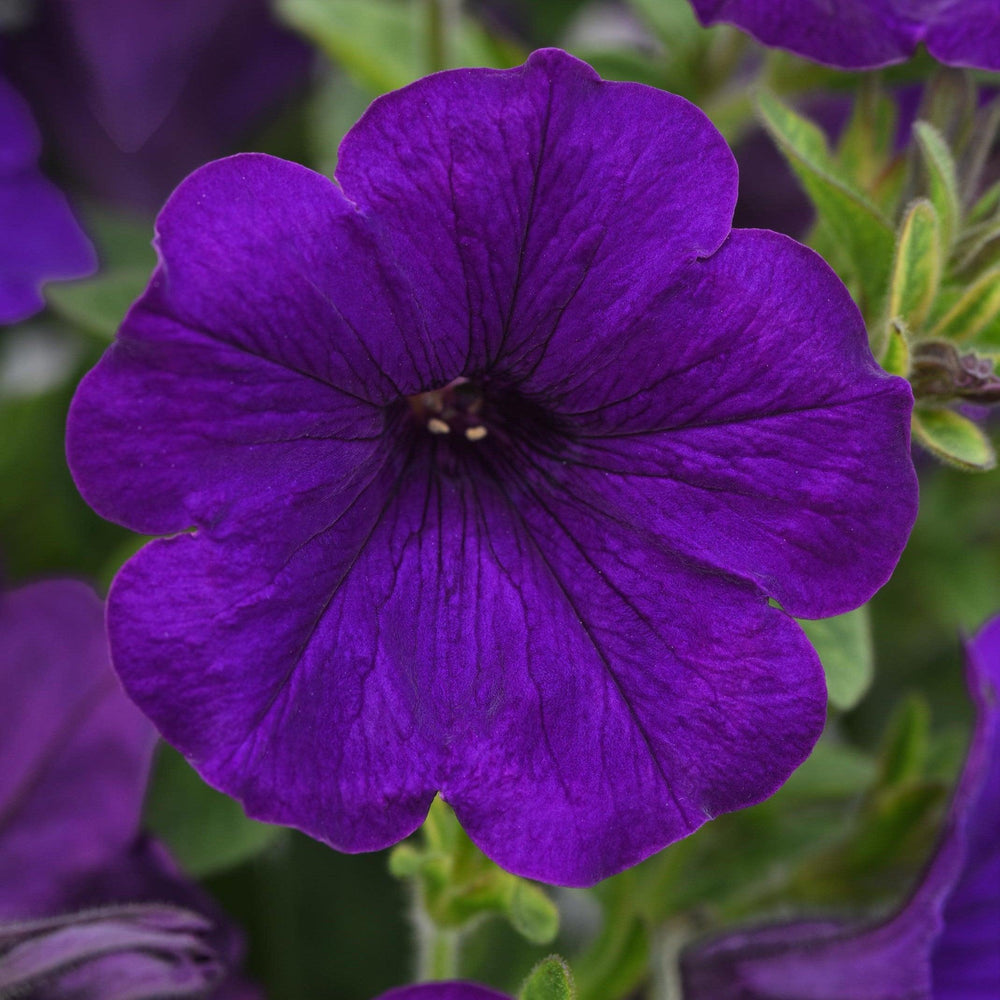Underplanting Trees: Enhancing Your Landscape from the Ground Up
Trees are often the focal points of a landscape, providing shade, structure, and beauty. However, the space beneath trees is frequently overlooked or left bare due to challenges like root competition, shade, and dry soil. Underplanting—planting beneath trees—can transform these areas into lush, thriving garden spaces while benefiting both the trees and surrounding plants.

The Benefits of Underplanting Trees
-
Improves Soil Health – Groundcover plants prevent soil erosion, retain moisture, and contribute organic matter as they decompose.
-
Enhances Aesthetic Appeal – Layers of plants add texture, color, and seasonal interest to your landscape.
-
Supports Biodiversity – Flowers and foliage attract pollinators, birds, and beneficial insects.
-
Reduces Weeds – A well-planted understory minimizes the need for weeding and maintenance.
-
Cools the Soil – Underplantings help maintain soil temperature and moisture levels, creating a healthier environment for tree roots.
Choosing the Right Plants for Underplanting
Selecting plants that thrive under trees requires consideration of light, soil moisture, and root competition. Below are plant recommendations based on different conditions:
Shade-Tolerant Groundcovers
-
Wild Ginger (Asarum canadense) – A native groundcover with heart-shaped leaves, ideal for moist, shady areas.
-
Pachysandra (Pachysandra terminalis) – A dense, evergreen carpet that thrives in deep shade.
-
Golden Star (Chrysogonum virginianum) – Low-growing with yellow star-shaped flowers and good adaptability.
Perennials for Dappled Shade
-
Hellebores (Helleborus spp.) – Early bloomers with nodding flowers that brighten late winter and early spring.
-
Ferns (Dryopteris, Athyrium, etc.) – Various species offer lush, feathery foliage for woodland settings.
-
Hostas (Hosta spp.) – Reliable foliage plants with varying colors and textures, perfect for shady spots.
Flowering Plants for Light Shade
-
Columbine (Aquilegia canadensis) – Delicate, nodding flowers that attract hummingbirds.
-
Foxglove (Digitalis purpurea) – Tall spikes of tubular flowers, though toxic if ingested.
-
Coral Bells (Heuchera spp.) – Colorful foliage with bell-shaped flowers that appeal to pollinators.
Drought-Tolerant Plants for Dry Shade
-
Epimedium (Epimedium spp.) – Also known as barrenwort, it has delicate flowers and is resilient to dry soil.
-
Lungwort (Pulmonaria spp.) – Attractive spotted foliage with early spring blooms.
-
Sweet Woodruff (Galium odoratum) – A fragrant groundcover that spreads well in dry shade.
Shrubs and Small Trees for Underplanting
-
Azaleas (Rhododendron spp.) – Thrive under taller trees, providing spring color.
-
Serviceberry (Amelanchier spp.) – Offers near year-round interest with spring flowers, summer berries, and fall foliage.
-
Hydrangeas (Hydrangea quercifolia) – Oakleaf hydrangea is especially well-suited for understory planting.

Tips for Successful Underplanting
-
Work Around Tree Roots – Avoid damaging major roots when planting; use smaller perennials and groundcovers that can establish in minimal soil disturbance.
-
Add Organic Matter – Enhance soil health by incorporating compost or leaf mulch to provide nutrients.
-
Consider Water Needs – Plants competing with tree roots for water should be drought-tolerant or receive supplemental irrigation.
-
Use a Layered Approach – Combine groundcovers, perennials, and shrubs to create depth and interest.
-
Maintain Regular Care – Mulch around plantings to retain moisture, suppress weeds, and reduce soil compaction.
Creating a Thriving Understory Garden
Underplanting trees can elevate your landscape, making it more vibrant, functional, and biodiverse. By choosing suitable plants and following proper care techniques, you can turn bare ground beneath trees into a lush, visually appealing space that enhances both the beauty and health of your garden.

